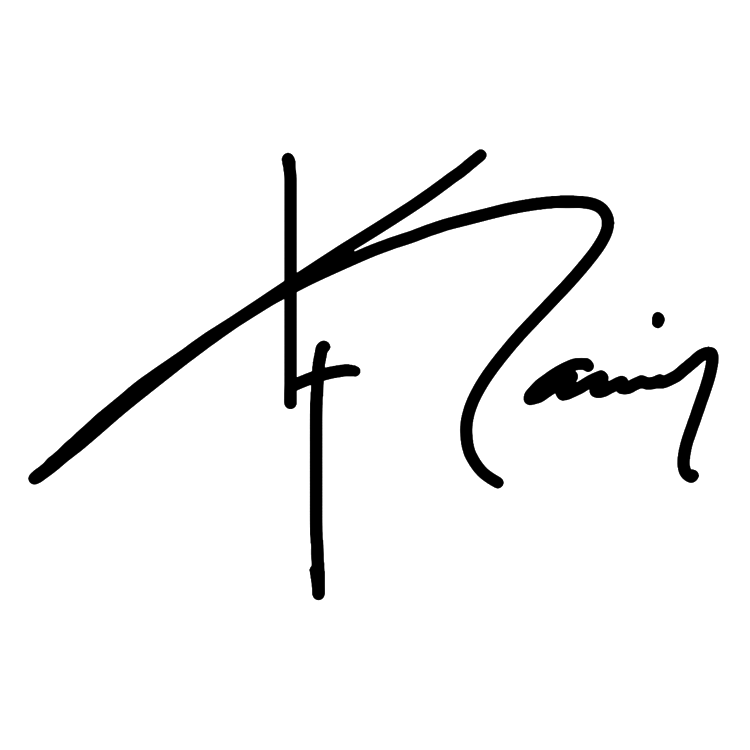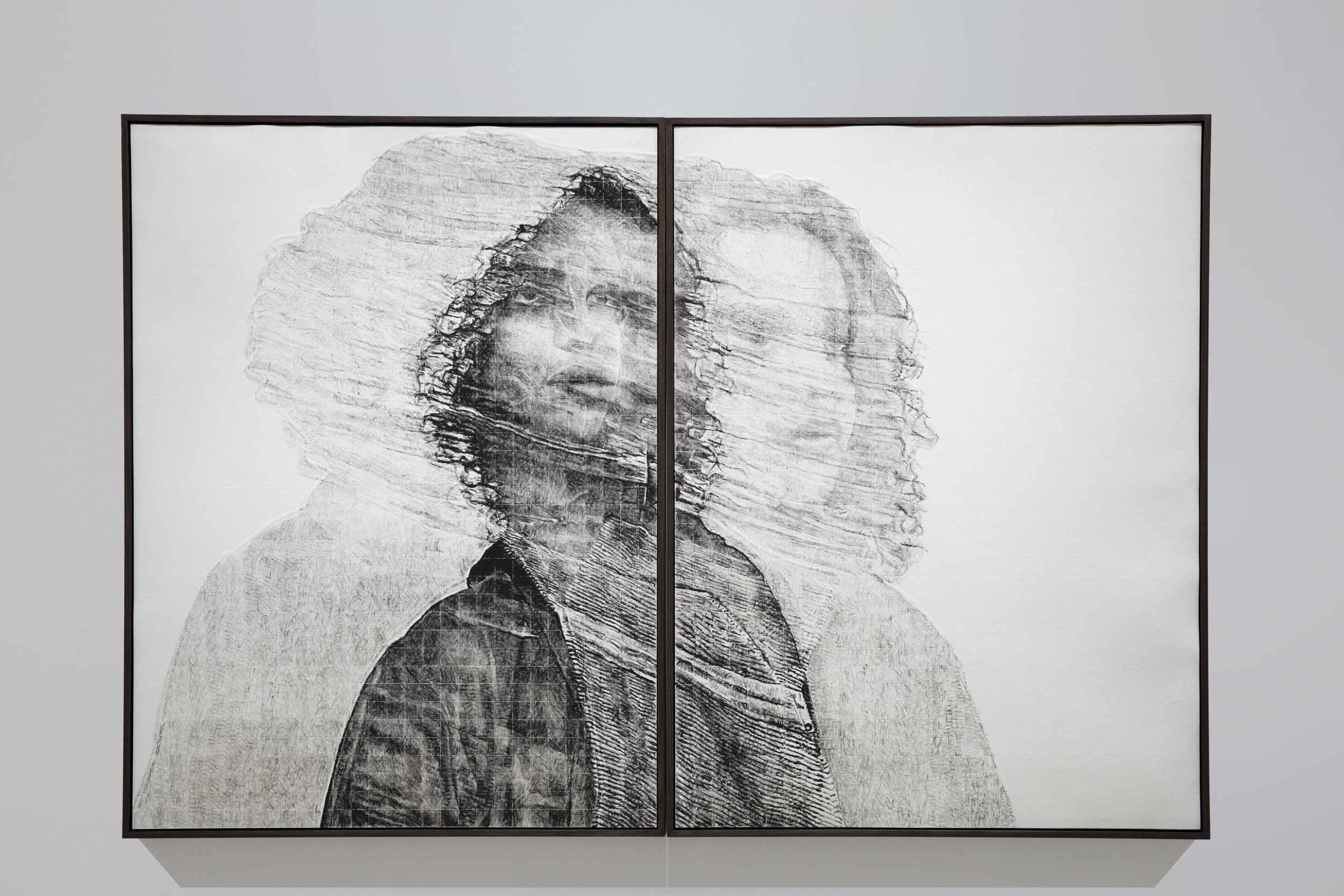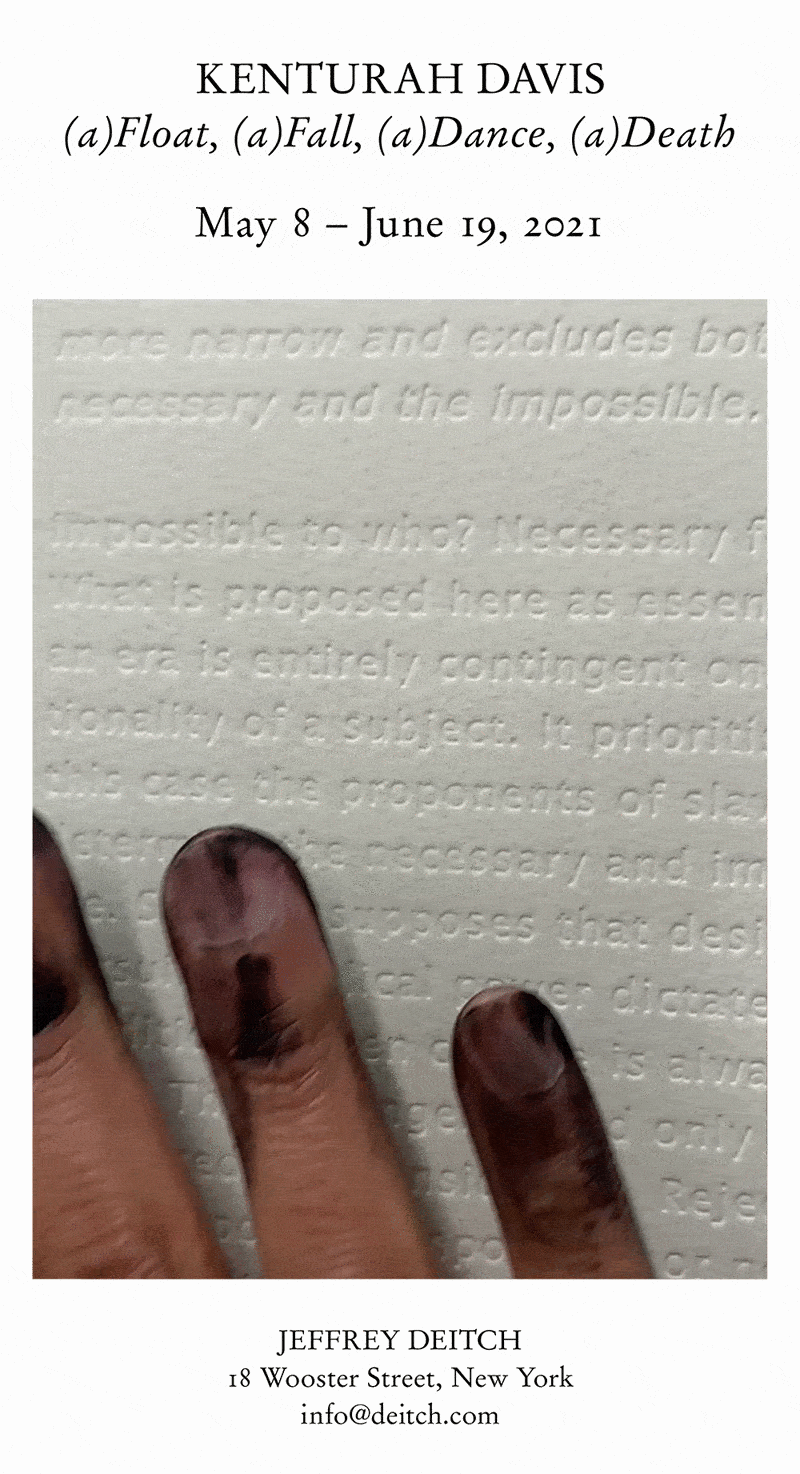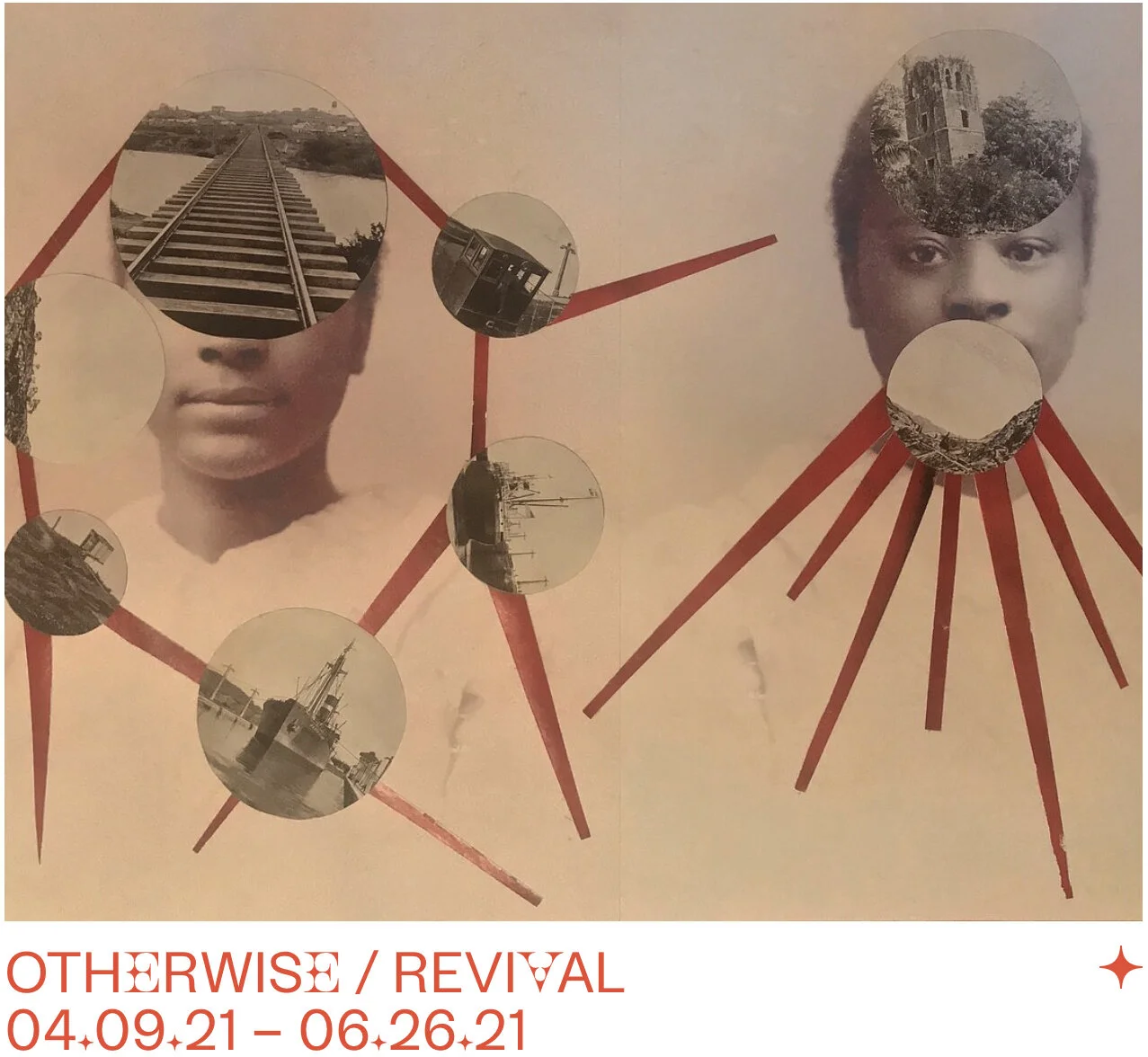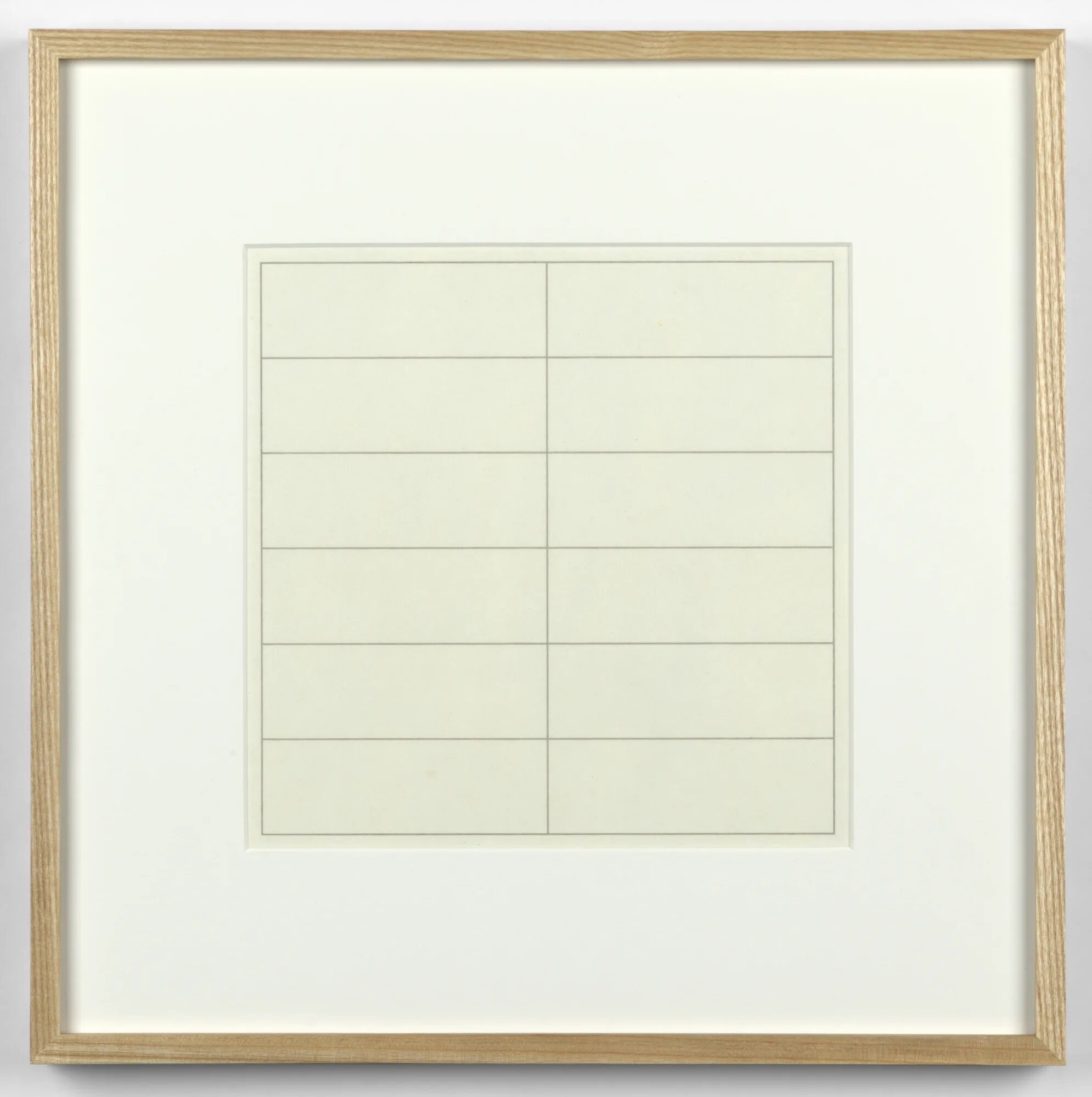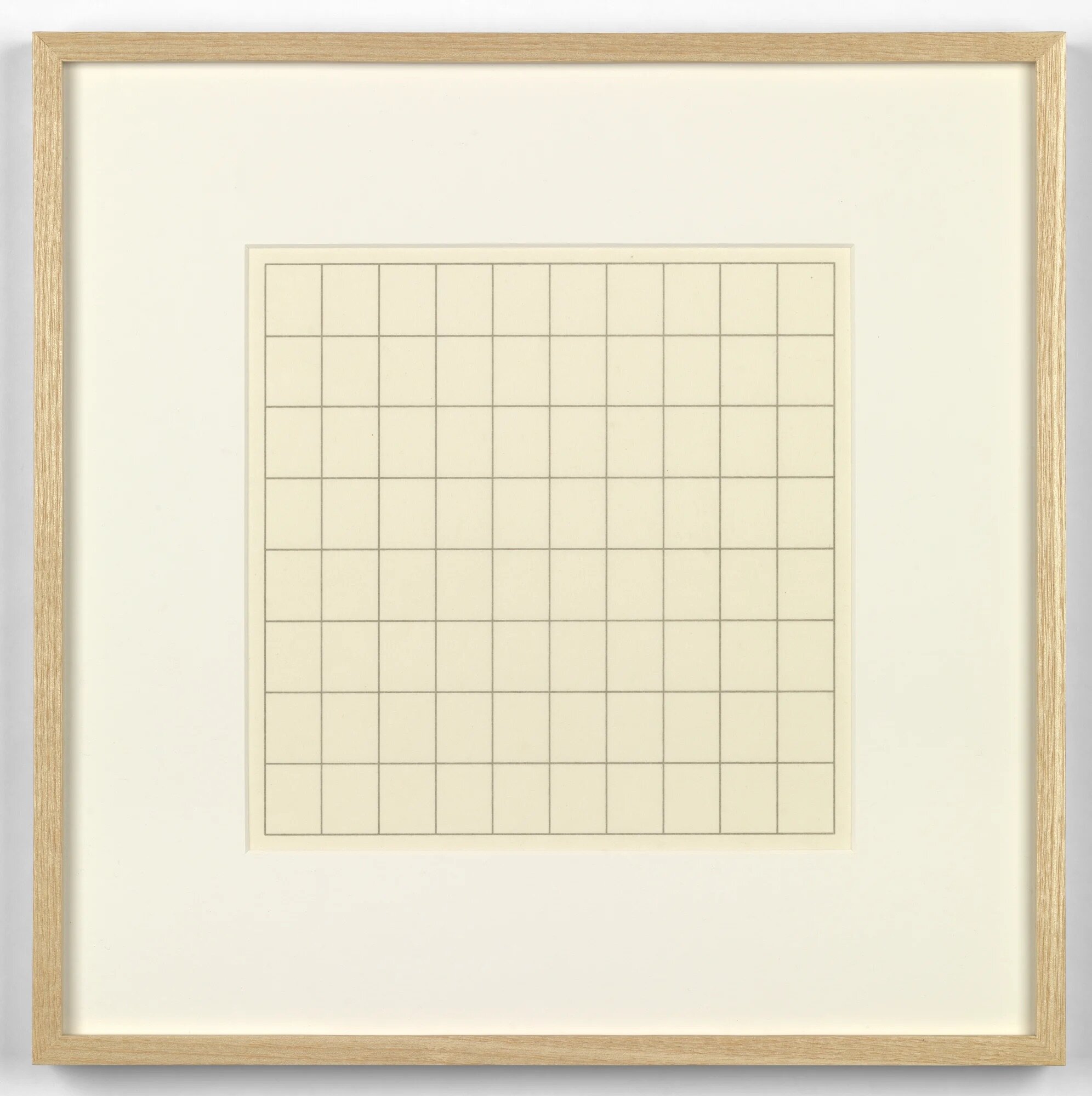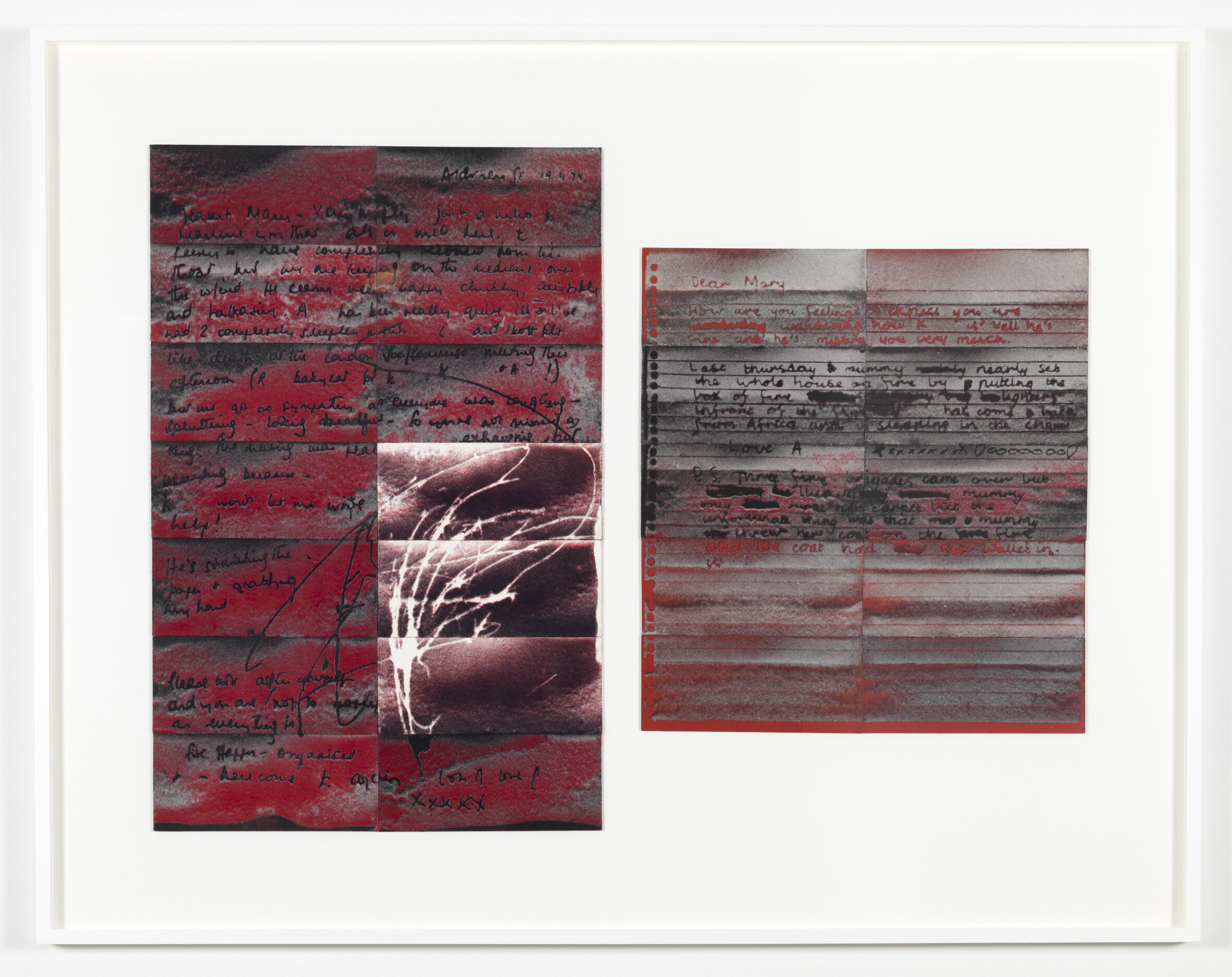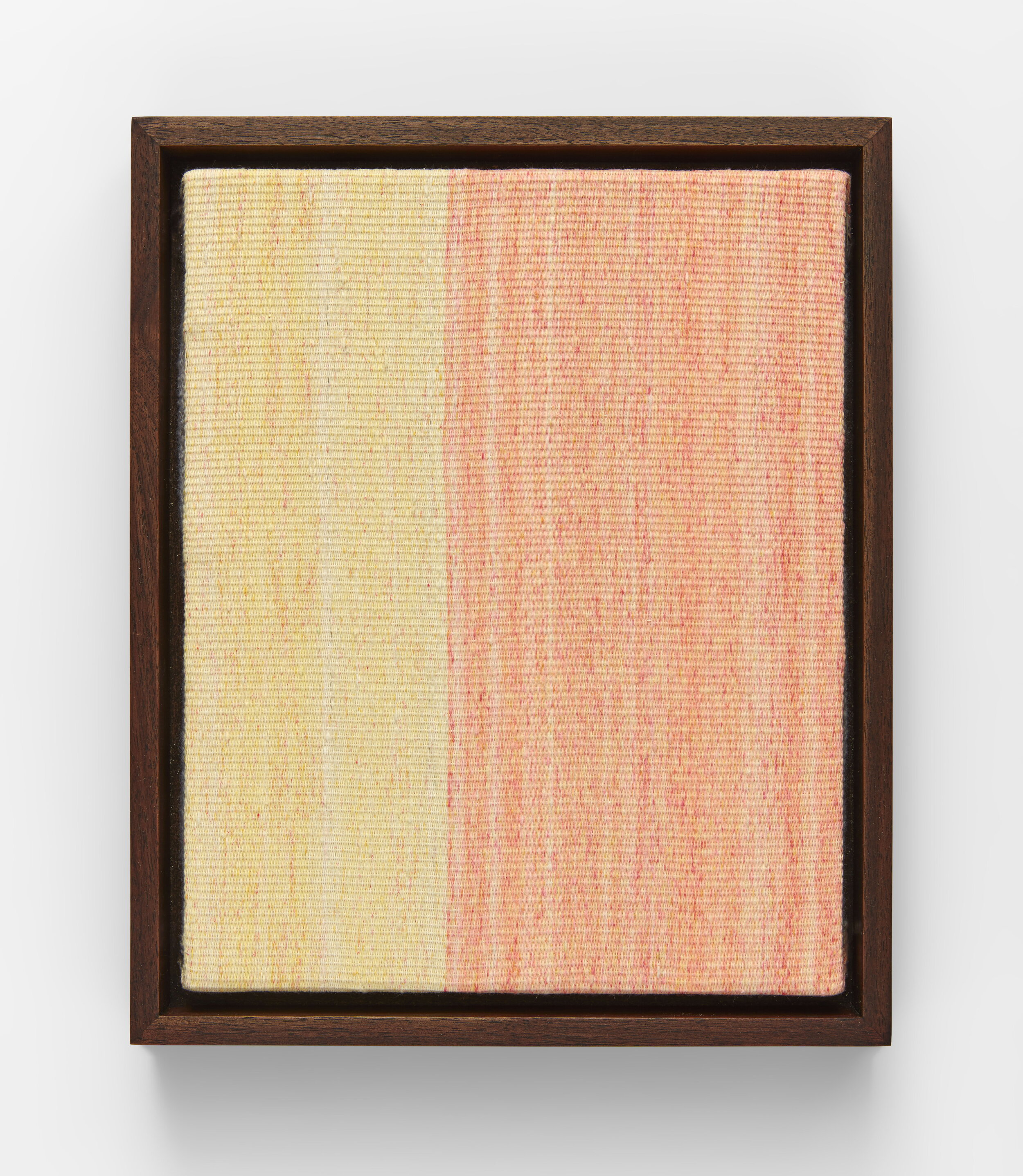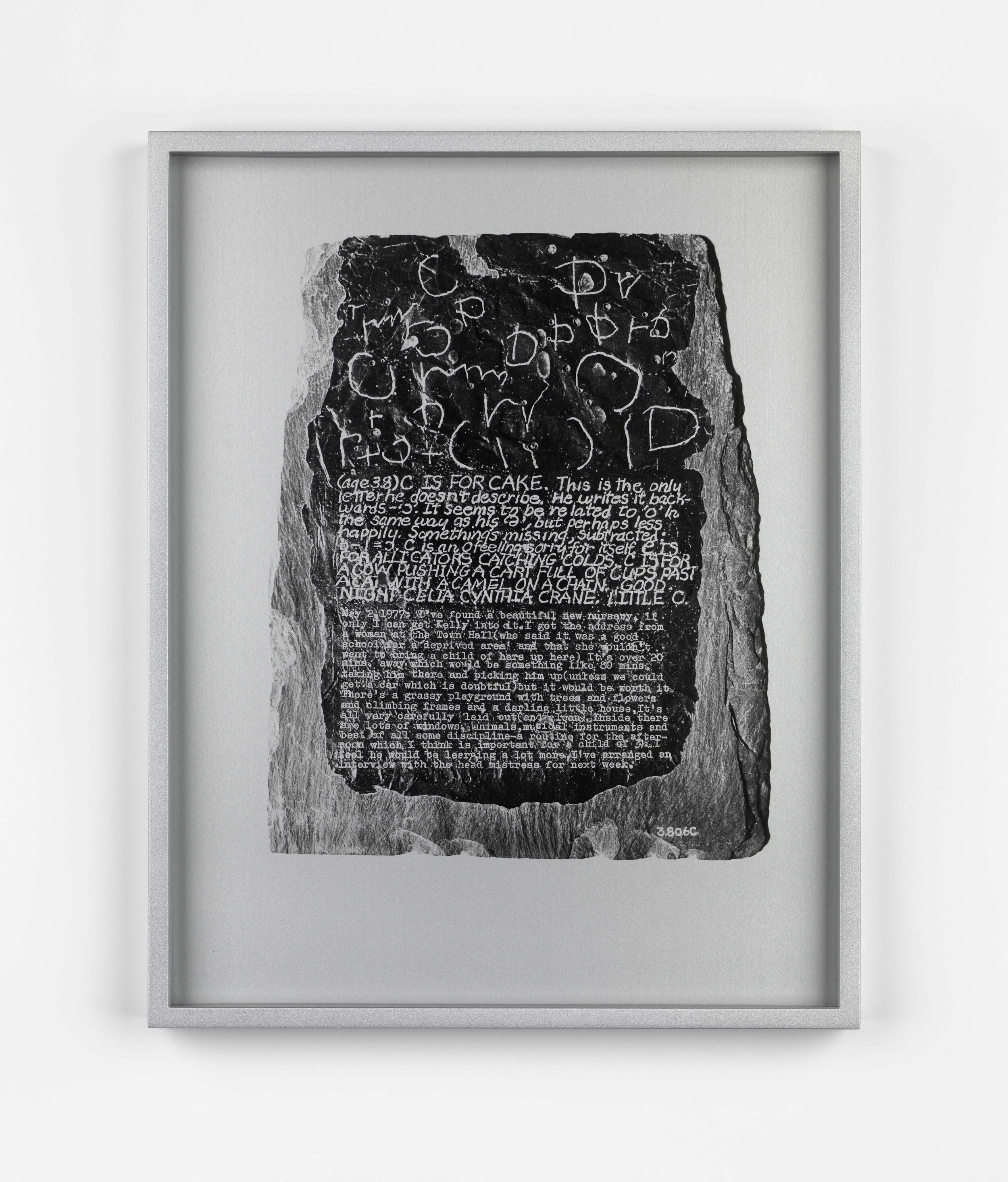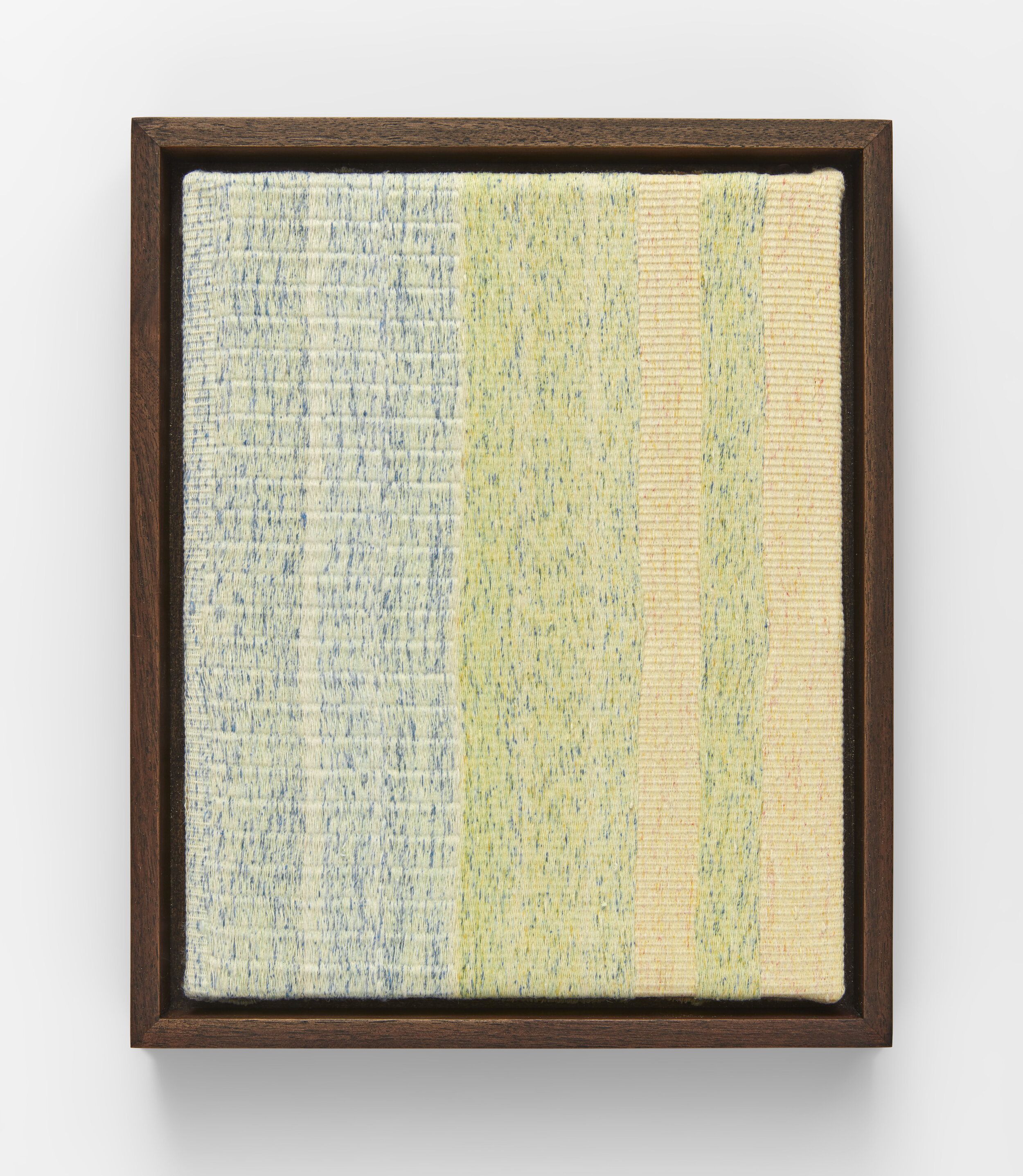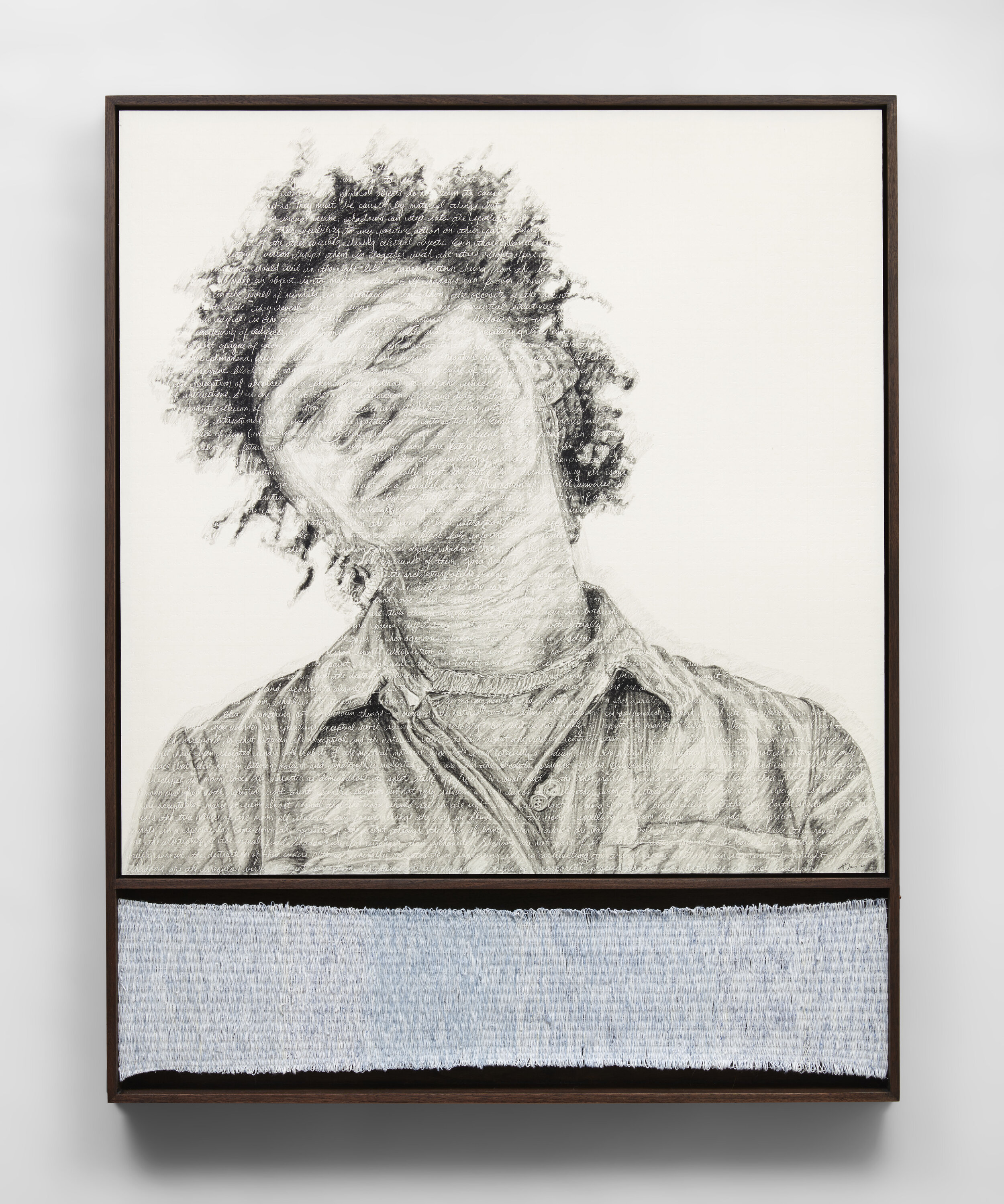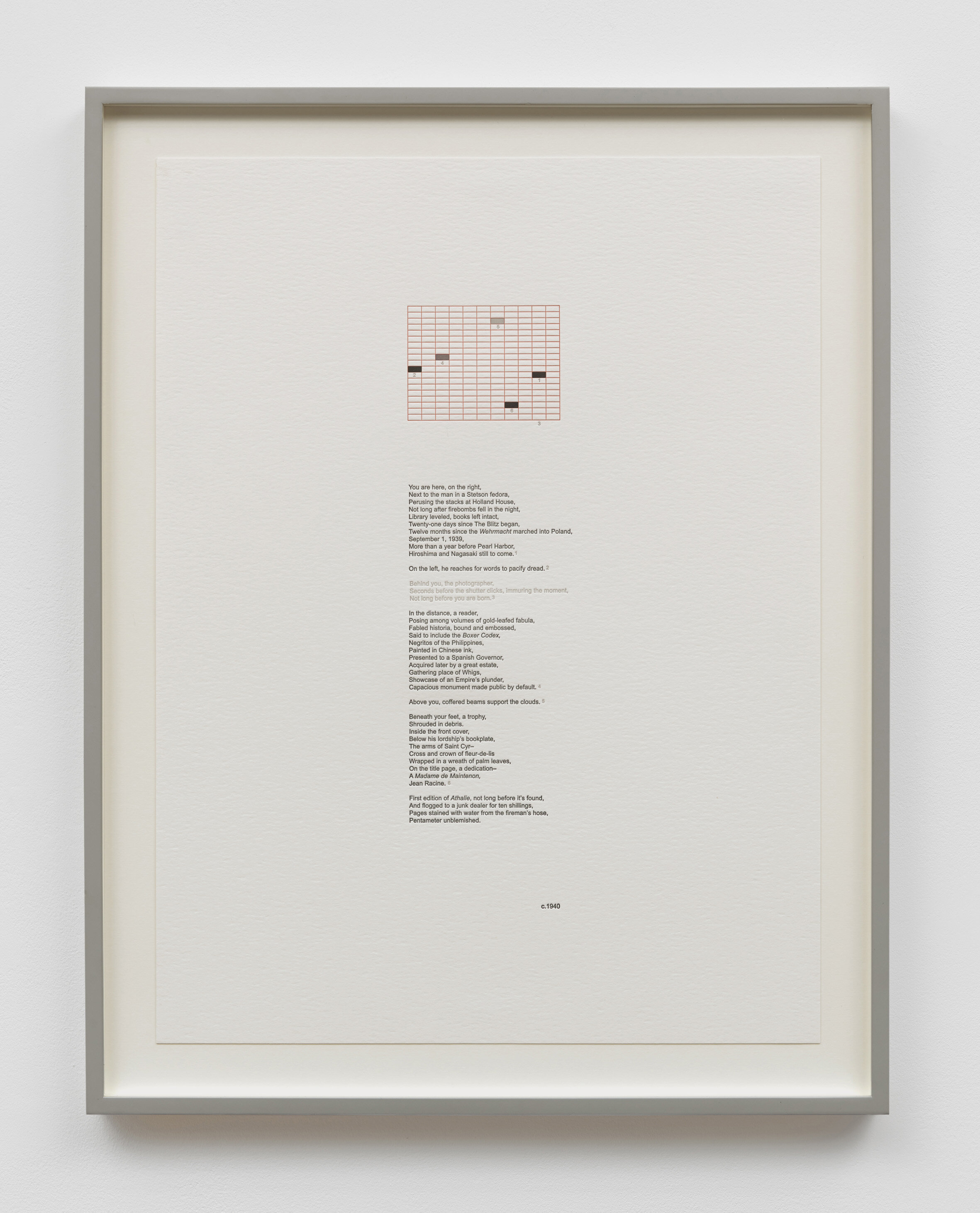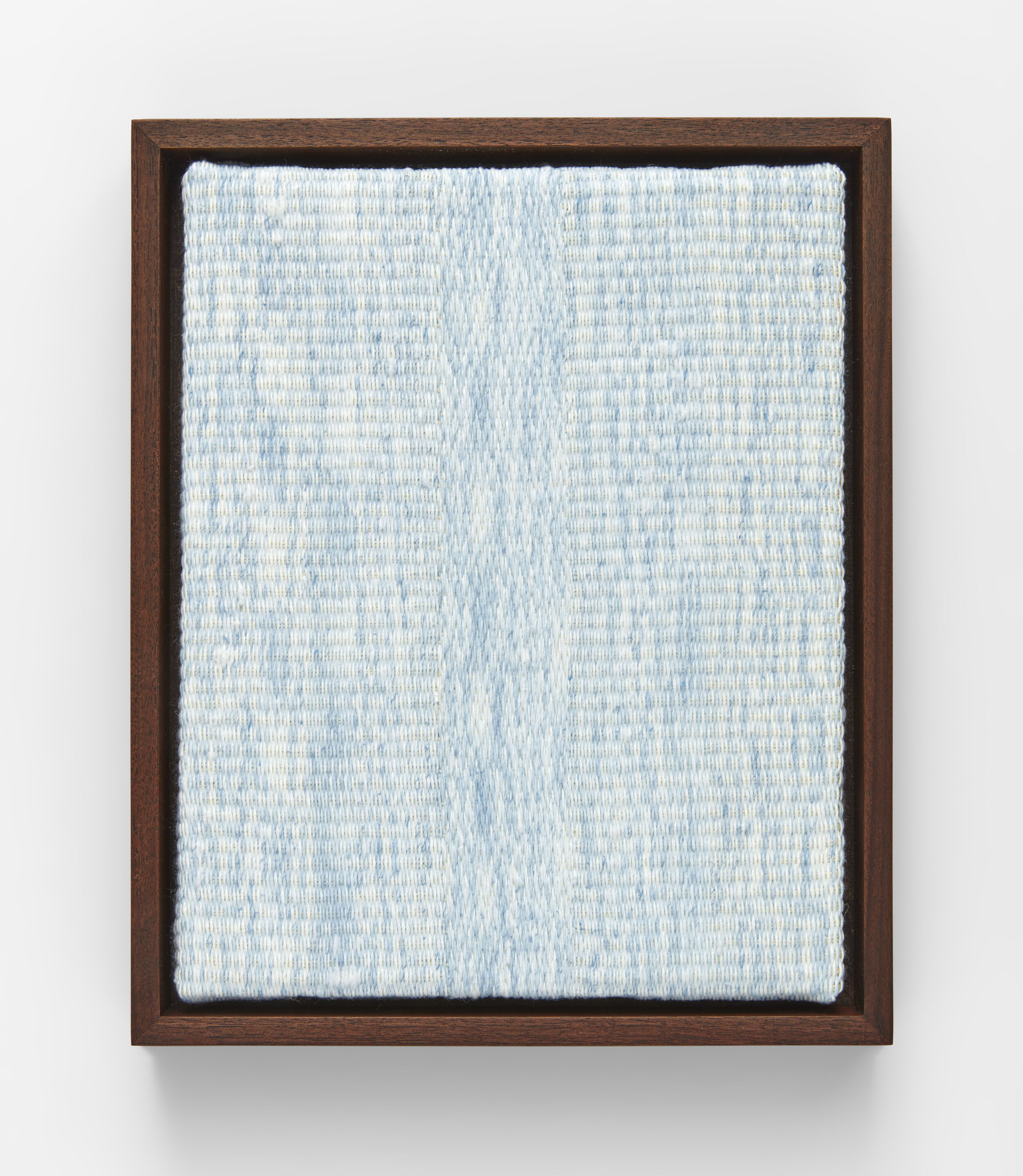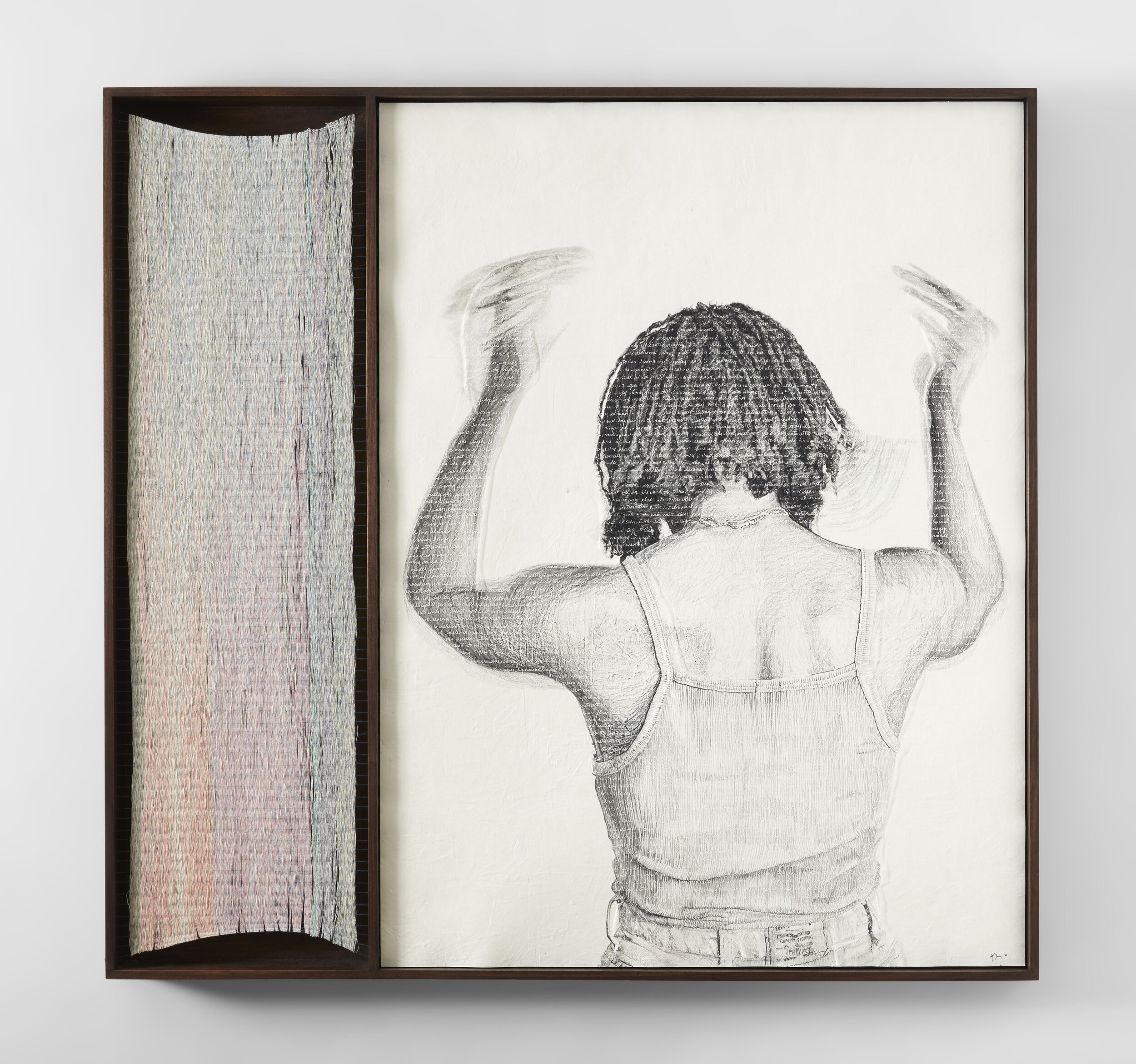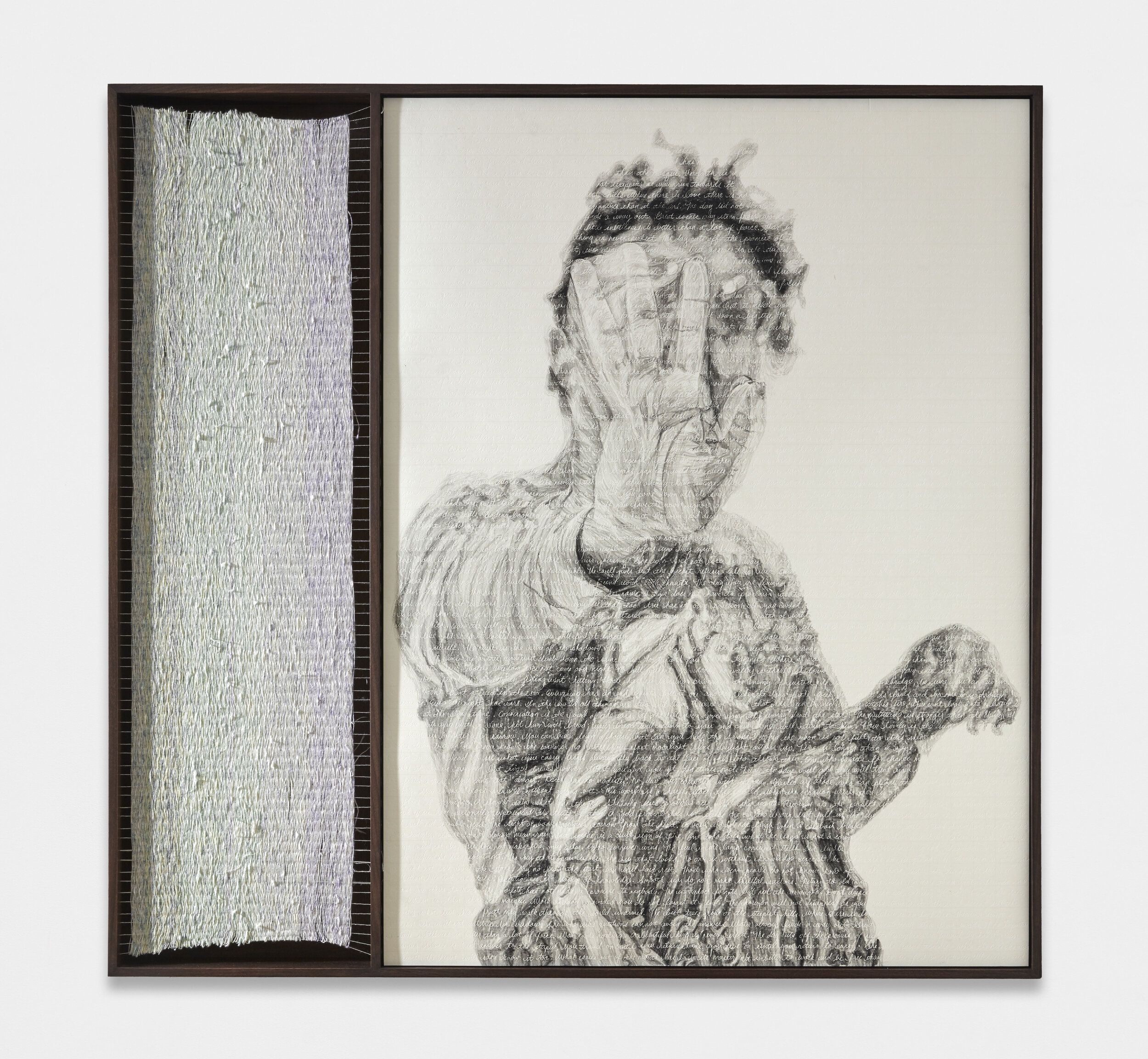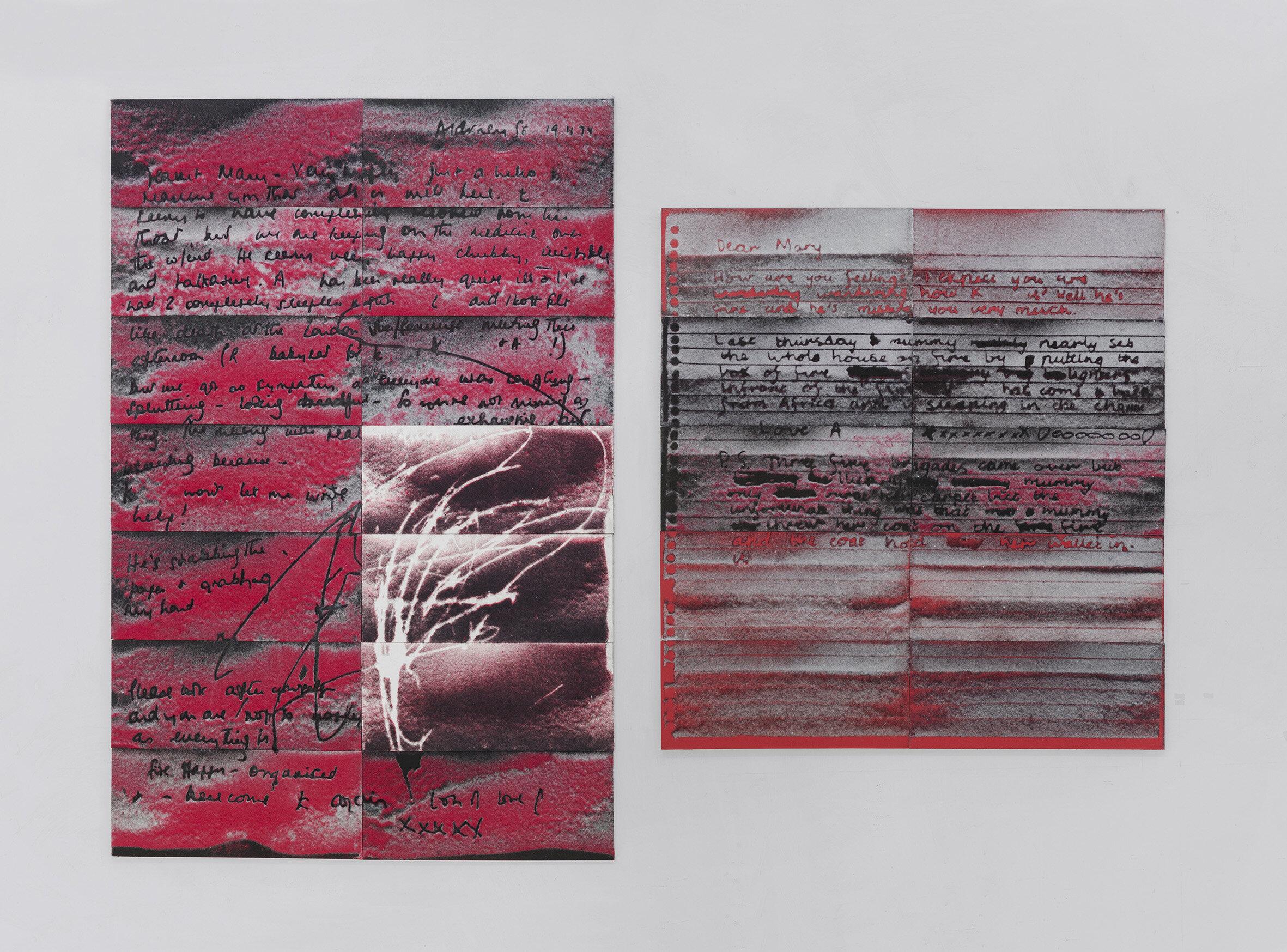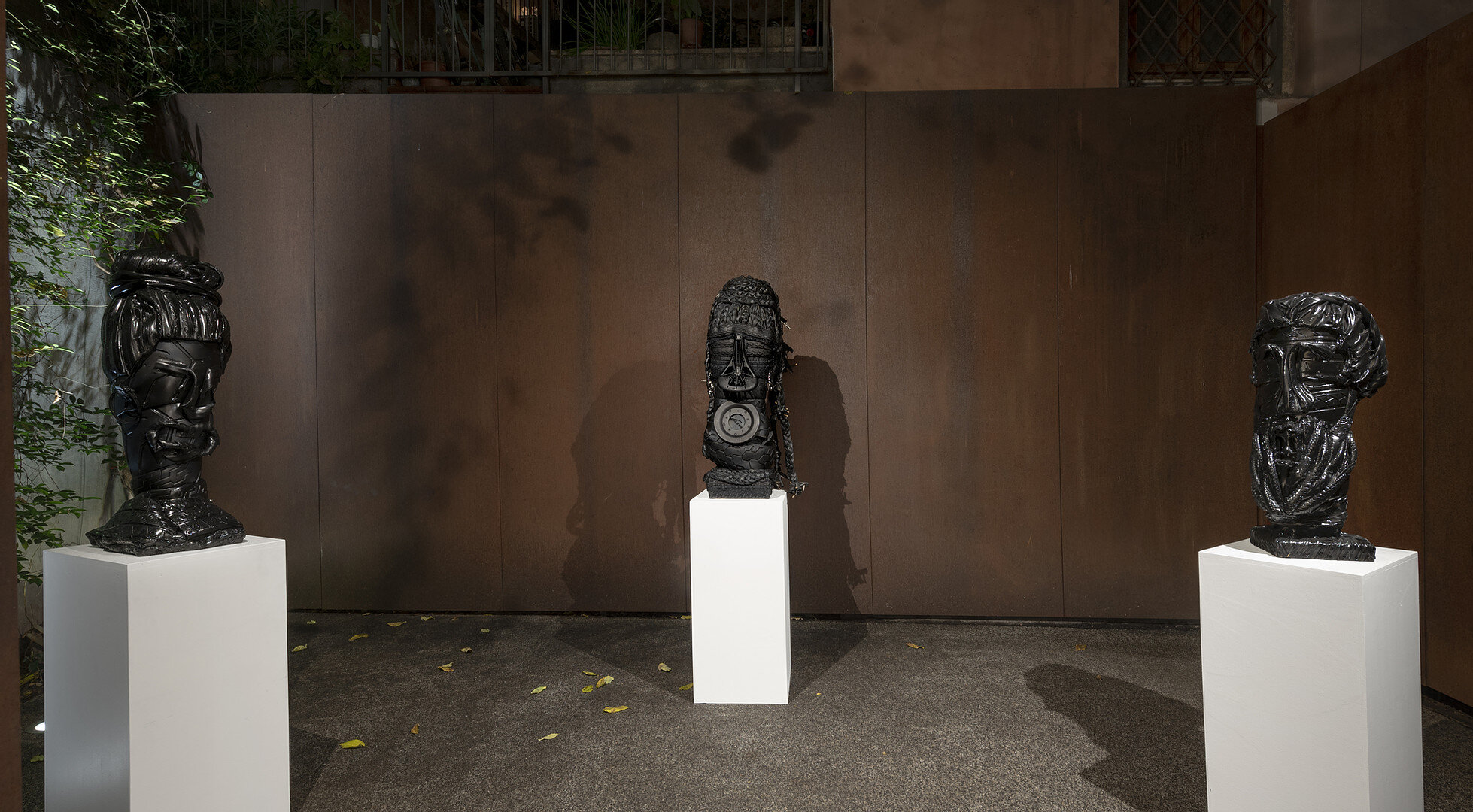APROPOS OF AIR
new drawings, editions and works in glass
November 13, 2021 - December 18, 2021
Opening Reception November 13, 2021 6PM - 8PM
Matthew Brown
712 N La Brea Ave, Los Angeles, CA 90036
In this new body of work, the artist expands the landscape where language and the figure intersect. The show is framed by two new works in glass: custom stained-glass windows made in collaboration with Judson Studios. A grid of colored light filter into the gallery, intra-acting with the space inside. The color continues into the works on paper, introducing the artist’s experiments with color which integrate writings about conditions that are at the horizon of our understanding (such as the ancient knowledge systems and the physics of color, space and time). As the texts drift in and out of legibility, the figures embody how the perception of ourselves shift so swiftly with every nuanced change in our environment. Nothing exists in isolation, but rather in a contingent relationship with its context. The figures in the stamp drawings echo the phrase The Bodily Effect of a Color, against a ground of pixelated hues. The newest series, planar vessels, bear washes of ink produced using a photographic process where an image is made without a camera by placing objects directly onto the surface and exposing it to sunlight. They are then embedded with text, leaving a low relief that allow for a dynamic relationship with the blurred figures that are rendered on its surface. Several of these drawings are accompanied with paper thread weavings. The artist begins this process by writing a text on paper, then slices and twists the paper into thread. For these latest weavings, she worked with Kente weaver, Bob Dennis Ahiagble, who wove her threads into a graphic and coded pattern. Together, the portrait and text(tile) embody the ways language flows around and through us in invisible ways. The 2-d plane of the paper and fabric is reconfigured as a vessel, full of meaning, a container of information. For the first time, the artist also presents an arrangement of chine collé photographs that reveal the significant role of photography in her practice. These long-exposure images note the poetics of the durational experience the artist has with her community of friends/sitters.
Apropos of Air Install
Apropos of Air Install
[DETAIL] Planar Vessel I, 2021
Apropos of Air Install
Apropos of Air Install
Apropos of Air Install
